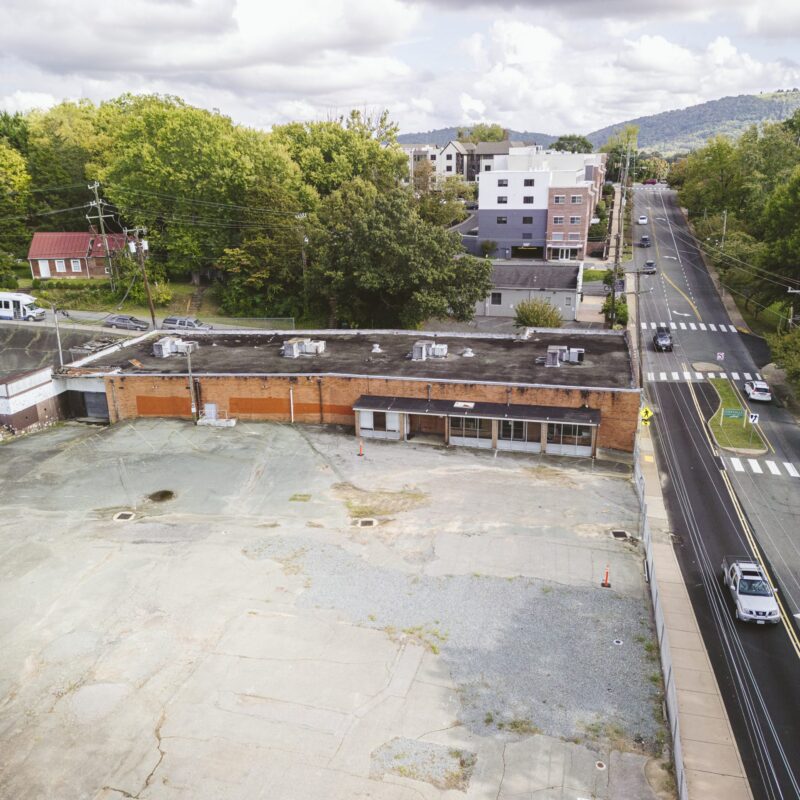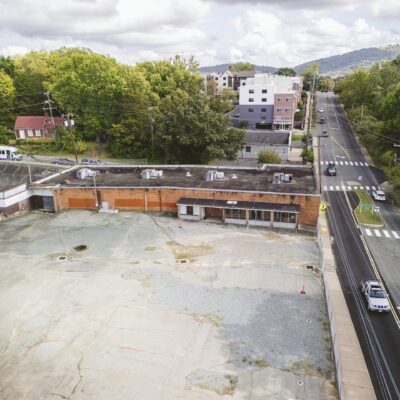Well, if you’ve looked at the print edition of C-VILLE this week (and if you haven’t, get on the ball!), you might have seen a story I wrote about the Eastern Bypass, a road between Culpeper and Keswick that doesn’t exist. We learned after press time that not only does the road not exist now, it will not exist ever. VDOT has erased it from its study recommendations, in which it was formerly hanging around on a map and making lots of people upset. (Updated version of story here.)
There were lots of good reasons for those people to be angry—and by the way, you can count this a total success story for public involvement in government processes, as it seems very clear that outcry from residents, and in turn from county supervisors, was what got this project axed. Among them:
1. The road would have cut through a number of properties under conservation easement, a very lousy break for those landowners who have taken a forward-looking step and given up development rights on their property. You can imagine the effect on other Virginians contemplating easements on their own land.
2. Roundabout Farm, and probably other less well-known properties where trees or crops are growing, would have been heavily impacted. Roundabout’s Megan Weary told me that she and her husband thought, based on looking at VDOT’s map, that they’d lose 40 of their 65 acres to the road. That could have included six acres of wetlands, swaths of native trees (including 1,000 paw-paw trees as well as big oaks and poplars), plus acreage where the Wearys grow food for many locals.
3. Growth areas, people! The county’s own blueprint for development calls for preservation of rural areas. One reason, perhaps, why the Supes balked at a new highway through what the county has said it wants to protect.
4. As the PEC pointed out, there was no traffic modeling in the VDOT study to support the idea that an Eastern Bypass would solve congestion on Rte. 29. But even if there were…
5. New roads are, inevitably, temporary fixes to the permanent problem of traffic congestion. Big new roads in rural areas are a sign that we aren’t really dealing with the bigger picture of how our society is going to function in a future with less oil. It’s kind of like installing a nice new hot tub at a house where the well is running dry.
6. More and bigger roads mean fragmentation of habitat for all the creatures with whom we share our home. How’d you like it if the deer and skunks decided to build a barrier through your house, one that was dangerous and loud and polluting and invited still more deer and skunks to move in?
Why, you may be asking, am I railing against a road that’s been taken off the map? Because it’s hardly the last time we’ll have this discussion. I’m glad this proposal died. Are you?



